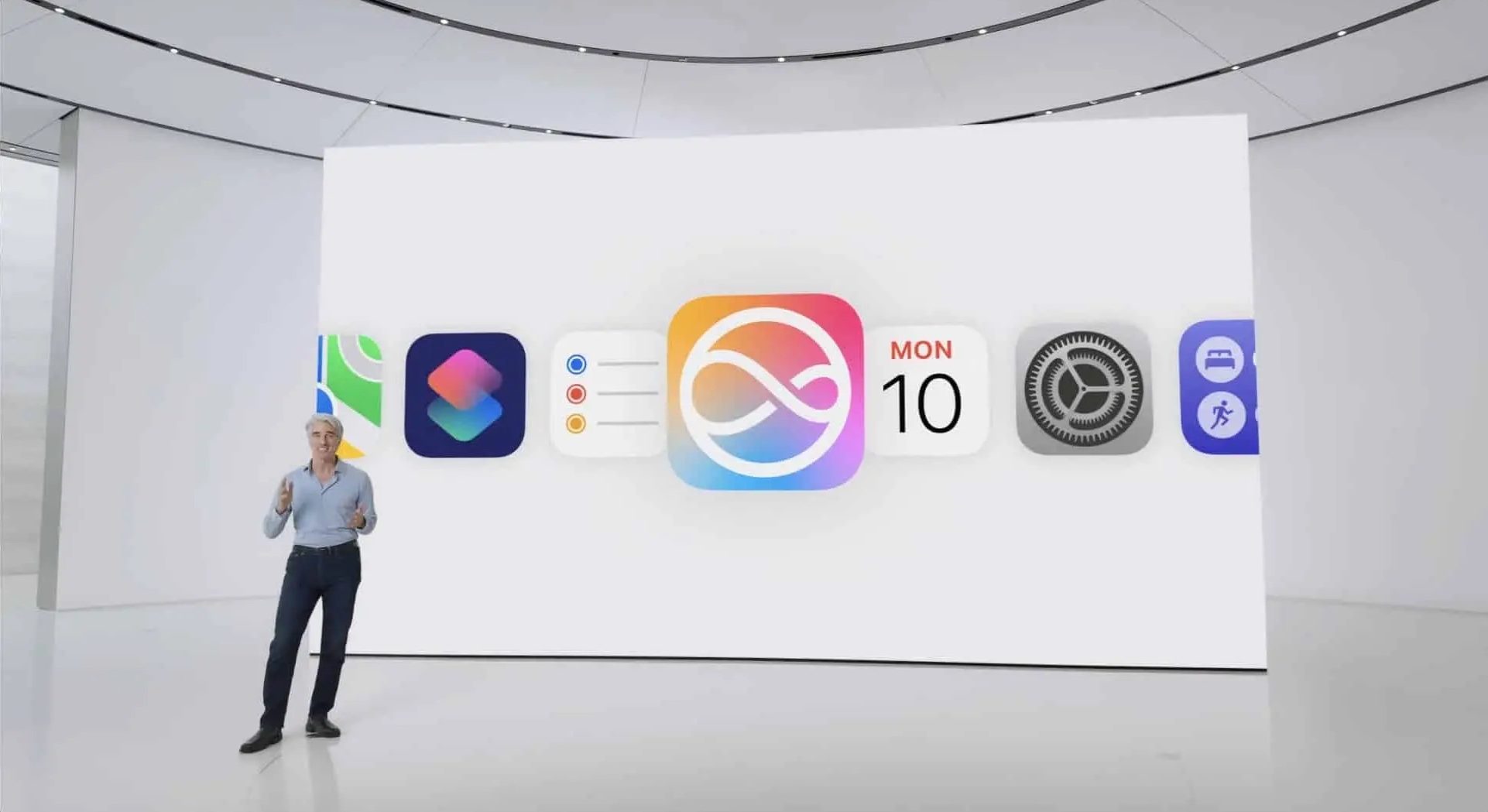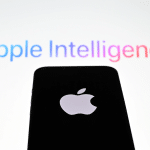Siri’s journey began in 2011 with its debut on the iPhone 4S. While its initial capabilities were revolutionary for the time, its functionality was limited to basic tasks such as setting reminders and checking the weather. Over the past decade, Siri Apple Intelligence has expanded to include more advanced features, such as proactive suggestions, machine learning capabilities, and integration with third-party apps through SiriKit.
Apple has invested heavily in improving Siri’s natural language processing, contextual understanding, and machine learning algorithms. This has allowed the assistant to deliver a more personalized experience, adapting to individual preferences and habits.

Heading into Smarter AI with Context Awareness
One of the hallmarks of Siri Apple Intelligence is its ability to understand context. For example, if a user asks, “Where is the nearest coffee shop?” and follows up with, “How long will it take me to walk there?” Siri seamlessly connects the two queries, providing an intelligent and relevant response.
This context-aware functionality is powered by Apple Neural Engine (ANE), which allows Siri to process complex data locally on the device. Unlike other assistants that rely heavily on cloud processing, Apple’s approach ensures that data remains private and secure while still delivering top-tier performance.
Integrating Siri into Apple Devices
Siri Apple Intelligence is deeply integrated into Apple’s network of devices, making it a unified presence across iPhones, iPads, Macs, Apple Watches, and HomePods. Each device brings unique capabilities to the table, enhancing Siri’s utility:
- On iPhones and iPads: Siri acts as a personal assistant for hands-free tasks, from sending messages to managing smart home devices.
- On Macs: The assistant aids in productivity, offering voice-based commands for file searches, email drafts, and calendar scheduling.
- On Apple Watch: Siri’s role becomes more fitness-centric, tracking workouts, setting goals, and providing real-time updates.
- On HomePod: Siri serves as the control hub for smart homes, managing lighting, temperature, and security systems through HomeKit integration.
Siri Apple Intelligence in Machine Learning
Apple’s commitment to privacy-first AI has been a defining feature of Siri Apple Intelligence. By employing machine learning models that run directly on the user’s device, Apple reduces the need to send data to external servers. This approach not only enhances user privacy but also improves Siri’s responsiveness and accuracy.
One area where this has been particularly impactful is predictive intelligence. Siri analyzes user behavior patterns to offer proactive suggestions, such as notifying you to leave for an appointment based on current traffic conditions. These features underscore Apple’s efforts to make Siri not just a reactive assistant but a proactive partner in everyday life.
Challenges and Areas for Improvement
While Siri Apple Intelligence has come a long way, it still faces competition from other virtual assistants like Amazon Alexa and Google Assistant. Critics often cite Siri’s limited third-party integrations and its occasional struggles with complex commands as areas for improvement.
However, Apple has addressed these challenges with continuous updates, including the recent rollout of Siri’s ability to handle back-to-back questions without requiring the wake phrase each time. With ongoing advancements in large language models and neural networks, the future of Siri looks promising.
Siri and Accessibility
One of Siri Apple Intelligence’s standout achievements is its focus on accessibility. For users with disabilities, Siri offers voice commands to control devices, dictate messages, and perform tasks that might otherwise require physical interaction. Features like Voice Control and AssistiveTouch work seamlessly with Siri, ensuring inclusivity for all users.
Apple’s emphasis on accessibility also extends to multilingual support. Siri now understands and responds in over 40 languages, making it a truly global assistant.
The Role of Siri Apple Intelligence in Smart Homes
Siri has become a cornerstone of Apple’s HomeKit platform, which connects various smart home devices under a unified interface. Using simple voice commands, users can control their lights, locks, thermostats, and cameras.
Recent updates have introduced features like automations, where Siri can execute a series of commands based on triggers such as time of day or user location. For instance, saying “Goodnight” to Siri can dim the lights, lock the doors, and adjust the thermostat—all in one go.
Siri’s Role in Entertainment
Entertainment is another area where Siri Apple Intelligence shines. Whether it’s searching for content on Apple TV, creating playlists on Apple Music, or offering trivia on demand, Siri has become an integral part of Apple’s entertainment experience.
The assistant’s integration with AirPods has also been a game-changer. With features like Announce Notifications and audio sharing, Siri enhances the user experience, making it more immersive and intuitive.
What Lies Ahead for Siri Apple Intelligence
Apple’s recent focus on generative AI and large-scale machine learning suggests that Siri Apple Intelligence is on the cusp of another major transformation. Rumors hint at a revamped Siri in future iOS updates, featuring conversational AI capabilities akin to ChatGPT or Bard.
Additionally, Apple’s acquisition of AI startups and its increased investment in neural networks indicate that Siri could soon offer more advanced features, such as real-time language translation, augmented reality integration, and even predictive problem-solving.
Siri Apple Intelligence has come a long way from its inception as a basic voice assistant. Through relentless innovation, Apple has transformed Siri into a sophisticated AI that integrates seamlessly across devices, respects user privacy, and enhances productivity and accessibility.
As Apple continues to invest in artificial intelligence and machine learning, Siri Apple Intelligence is poised to remain a key player in the future of AI-powered technology. For users, this means a smarter, more intuitive, and deeply integrated assistant that adapts to their needs and elevates their digital experience.













